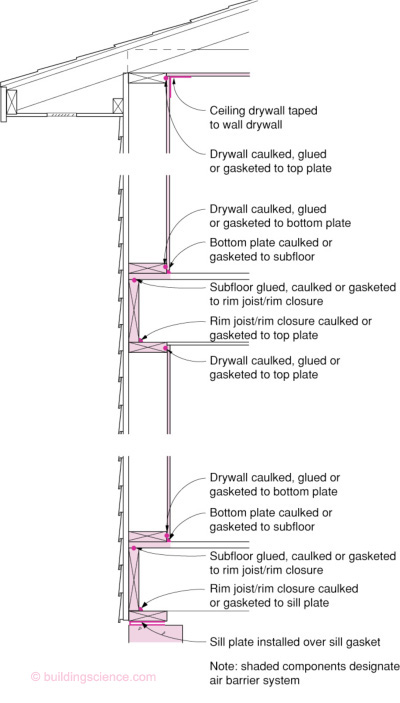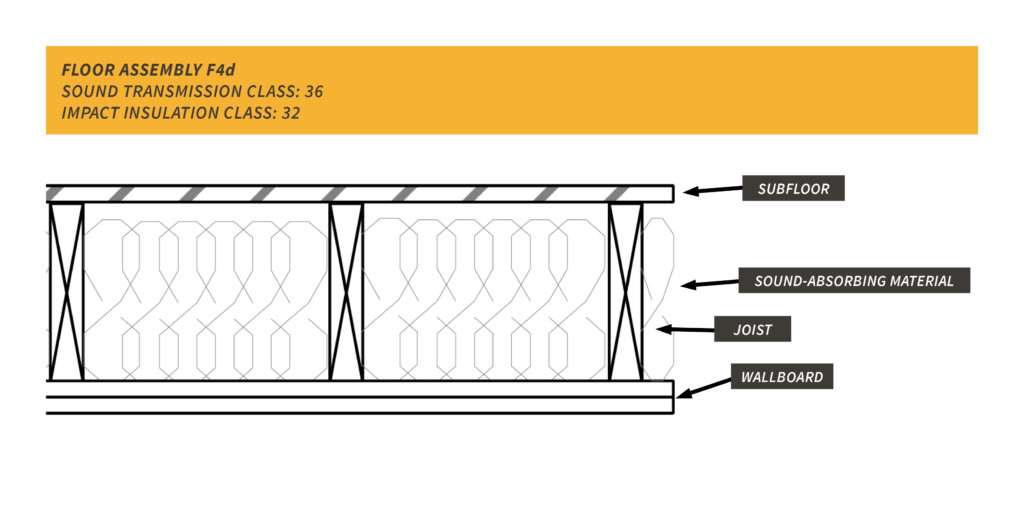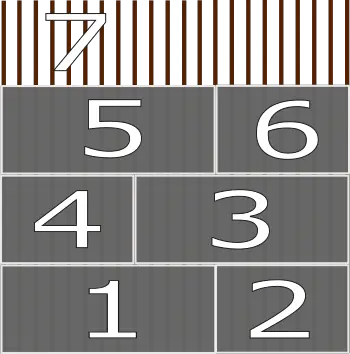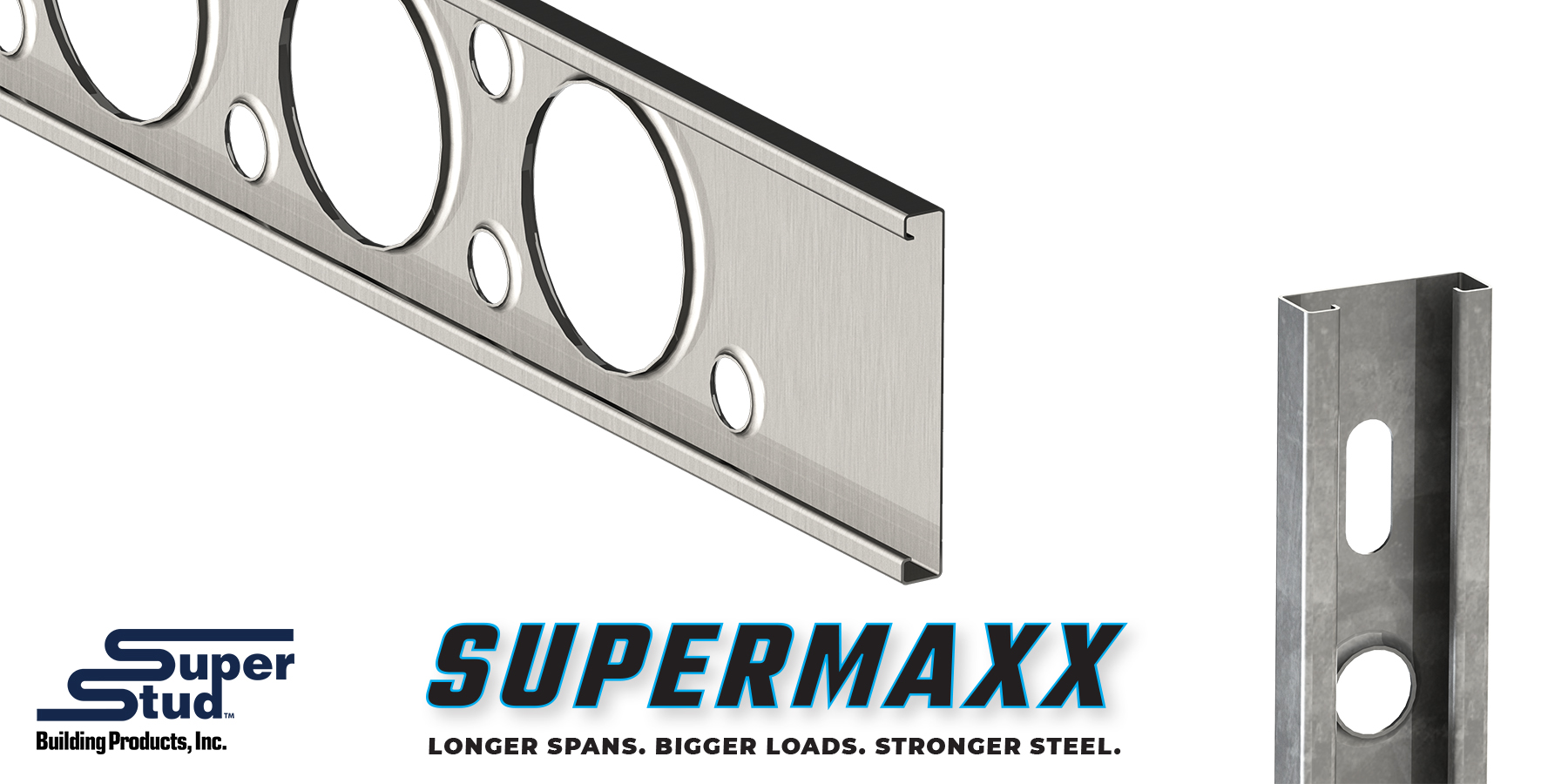Install the second layer of drywall on both the ceilings and the walls with the sheets fitted at a 90 degree angle to the first layer.
2 drywall sheets meeting on same joist.
Hold them up about 7 8 from the bottom of the joists and add a 4 1x4 centered on where the drywall will meet.
A good way to do this is to layout the panels in a subway tile pattern.
When drywall ceiling panels are installed it is best to install them perpendicular to the ceiling joists instead of parallel to the ceiling joists also make sure that the butt joints are staggered so that continuous seams are avoided.
Or you can attach cleats to the two joists as you suggest.
But the first floating technique uses less material and is what the pros do.
If water based textures are being applied to the ceiling then 1 2 interior ceiling board or 1 2 lightweight drywall such as certainteed easi lite is required.
The side that s gray or ivory should face the room.
You cannot leave drywall simply overlapping a stud or joist so it must be cut to the center of a.
Some drywall guys will vastly disagree with needing 4 so not trying to start a war but two is a must.
Split the wall stud or joist down the center for cuts that run up the wall or across the ceiling.
Countersink the screw heads to be sure the drywall will lay as flat as possible over the strips.
As with the first layer cover the ceiling first before the.
Use longer screws if you re dealing with thick plaster or the 2 inch doesn t engage the joist.
Typically 4 x 8 foot panels come bound in pairs two sheets face to face with paper strips binding the two sheets.
Either cut your drywall or add more studs.
Thinner drywall sheets such as 1 4 or 3 8 will sag in between rafters over time.
Your drywall should end on stud or be butted up in the center with another piece of drywall.
This will give you your 1 8 recess too.
Most people find it extremely difficult to carry these sandwiched panels by themselves.
Drive 2 inch drywall screws to fasten the strips to the joist.
The first sheet of drywall was cut so that the seam is located between the framing.
Also don t locate a new seam on the same joist as the existing seam.
I m often tempted to hang drywall parallel if that is the shorter dimension of the ceiling and in doing so would result in no butted seams on that ceiling.
Go across the room and drill and fasten the strips at each joist.
Ceiling joists are normal perpendicular to drywall.
There is absolutely nothing wrong with 17 19 on center which sounds like about 3 studs per sheet.


























